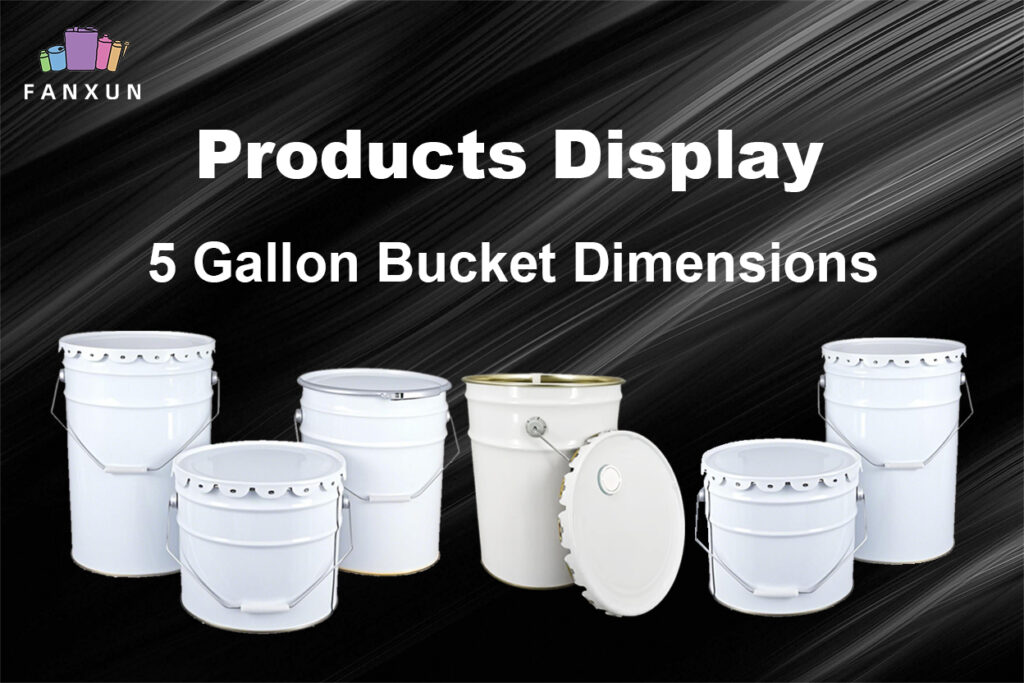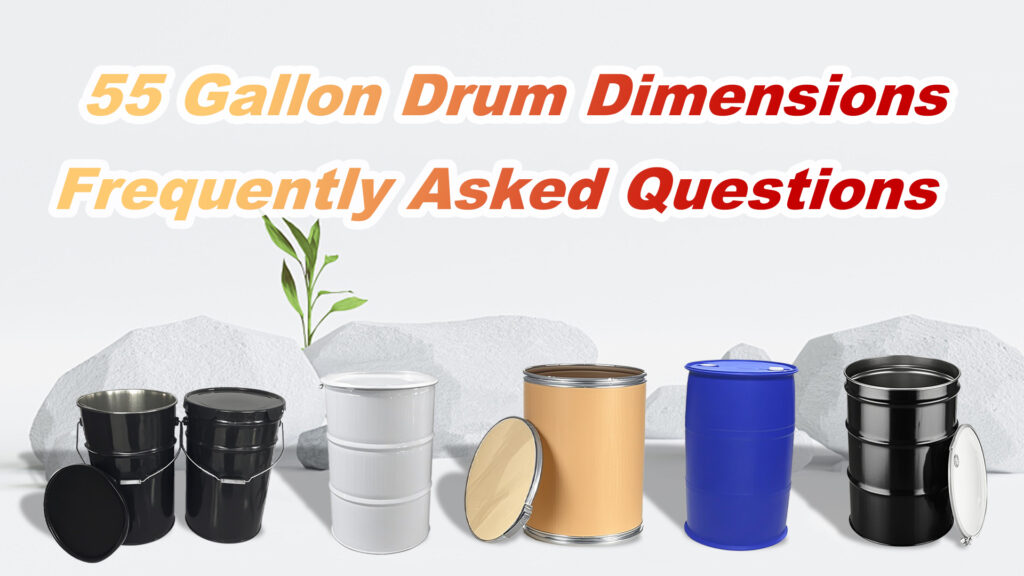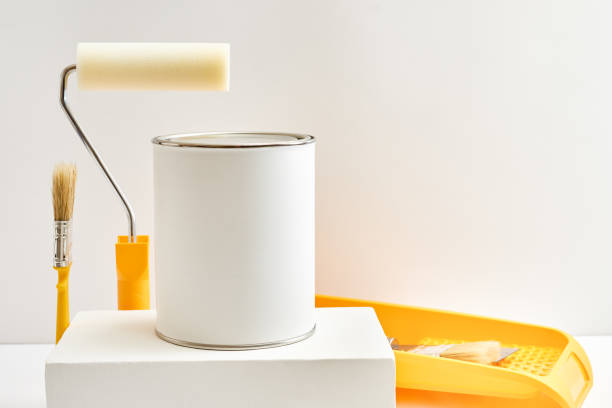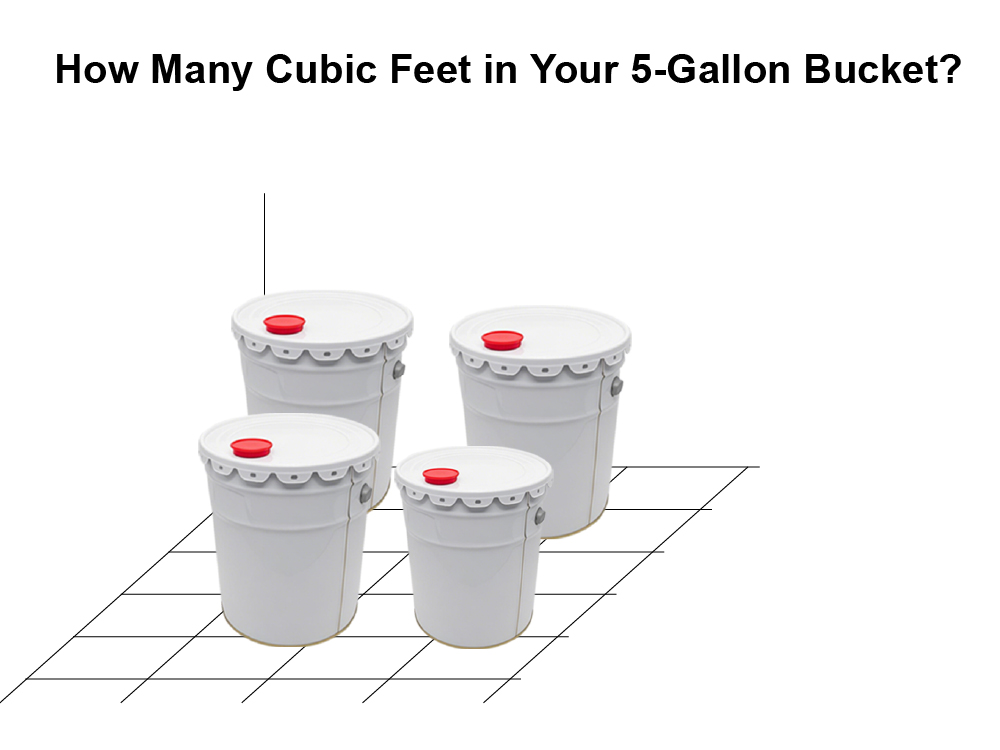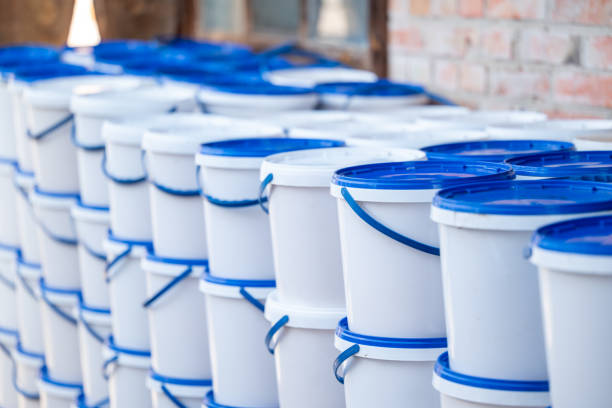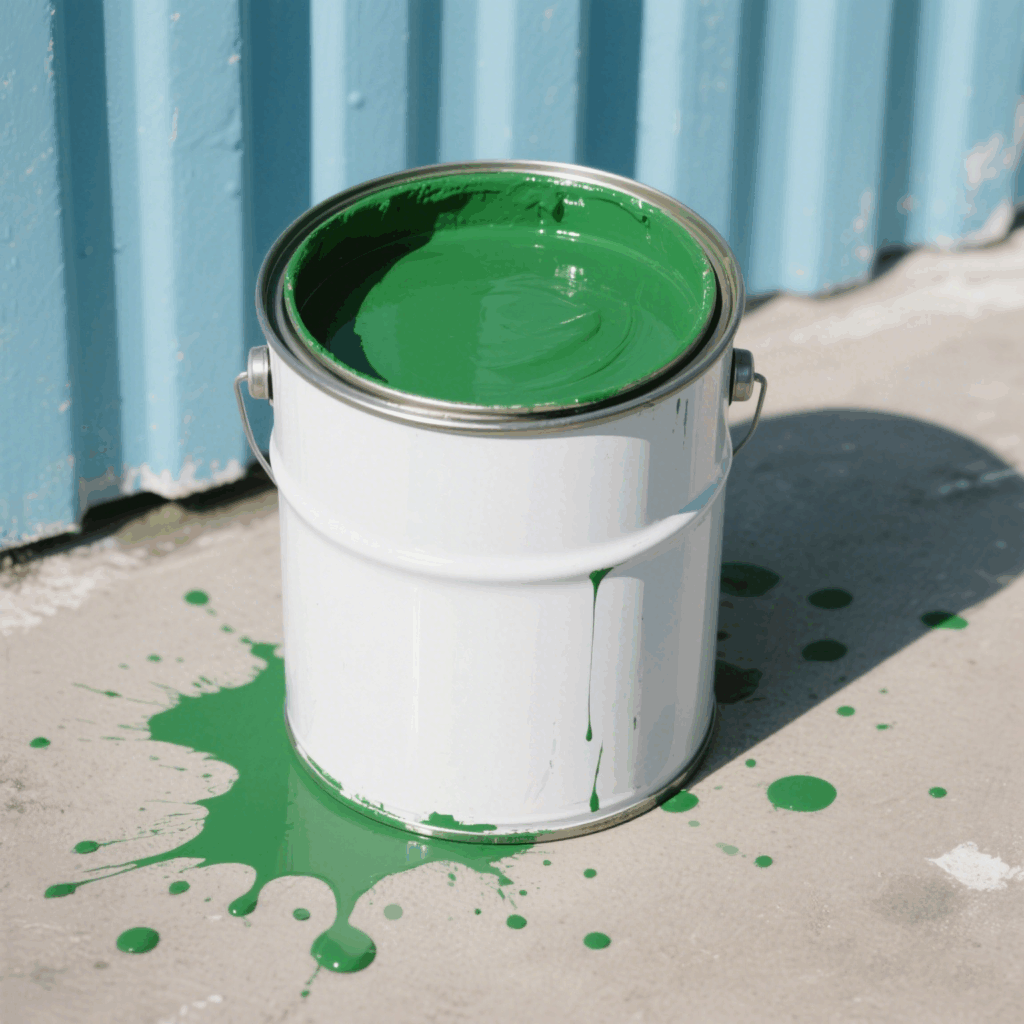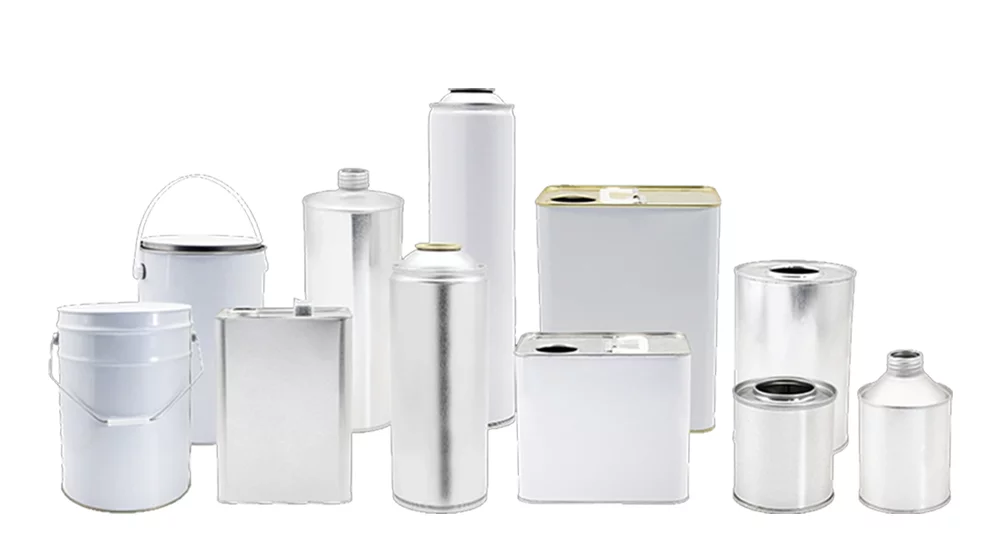Food packaging is an essential aspect of the food industry, ensuring the safety, freshness, and quality of products from production to the consumer. Among the many types of packaging materials available, tin can packaging has been a long-standing choice for a wide variety of foods.
Tin cans not only provide durability and protection but also help extend the shelf life of food items. In questo articolo, we’ll explore the different types of tin cans used in food packaging, the metals commonly used in this packaging, and the most popular food packaging materials in the industry.
Different Types of Tin Cans

Standard Food Tin Cans
- Canned food tins
They are the most commonly recognized form of tin can packaging. They are widely used for preserving various foods such as vegetables, meats, zuppe, and fish. Using tinplate in these cans ensures that the food inside remains fresh for extended periods while maintaining its nutritional value and flavor.
- Benefici
The airtight seal of tin can packaging prevents the entry of air, umidità, and light, all of which can cause food to spoil. The durability of tin cans also helps prevent physical damage during transportation.
Easy-Open Tin Cans
Conveniently designed for modern consumers, easy-open cans are popular for packaging ready-to-eat meals, canned beans, zuppe, and other convenience foods. These cans feature a tab that allows consumers to open the can without needing a separate can opener.
- Utilizzo
Ideal for quick meals or products where convenience is key. The easy-open mechanism makes it a perfect choice for on-the-go meals and foods that need to be opened frequently.
Beverage Cans
While not typically used for solid foods, tin can packaging also extends to beverage cans, including soft drinks, juices, e bevande energetiche. Beverage cans are often made from a combination of tinplate or aluminum.
- Benefici
These cans are designed to be lightweight yet durable. The material keeps the beverage fresh by protecting it from light and air, and it also helps preserve the flavor of the drink for longer.
Vacuum-Sealed Tin Cans
Vacuum-sealing is a process used for packaging foods that need to be preserved for longer durations.
Canned food tins that are vacuum-sealed, such as those used for coffee, nuts, or high-end canned meats, are designed to maintain freshness by removing air from inside the can.
- Benefici
The vacuum process prevents oxidation, which is crucial for maintaining the taste, texture, and nutritional content of the food. These cans often come with a high-quality, airtight seal that prevents contamination.
Paint or Aerosol Tin Cans
Although not typically used for food, aerosol cans made from tin are sometimes used for specialized food products such as cooking oils or spray-based products (PER ESEMPIO., olive oil spray). These cans are specially designed with a nozzle that allows for controlled spraying.
- Utilizzo
Primarily for oils, spray di cucina, and other specialized food products that require a fine mist or spray.
Types of Metal Used in Food Packaging
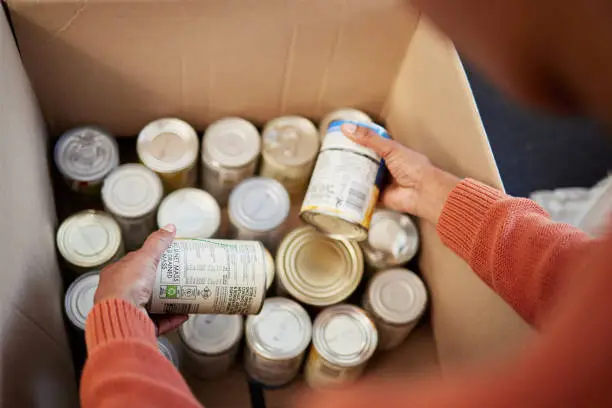
Banda stagnata
- Definizione
A tinplate is a steel sheet coated with a thin layer of tin, commonly used in tin can packaging. The process of applying tin to steel makes the material corrosion-resistant and ideal for food packaging.
- Benefici
Tinplate offers excellent protection against external elements such as light, aria, e umidità, making it perfect for preserving the quality and freshness of food inside canned food tins.
- Utilizzo
It’s the most widely used metal for food cans, from vegetables and soups to meats and seafood. Its durability and ability to preserve food for long periods are major reasons why it’s favored.
Alluminio
- Definizione
Aluminum is another popular material used in food packaging, particularly for beverages and lightweight products.
- Benefici
The aluminum cans are lightweight, resistant to corrosion, and highly recyclable. Though it’s less durable than tinplate, aluminum cans are still effective at preserving the freshness of food and beverages.
- Utilizzo
Aluminum is commonly used for beverage cans but can also be found in some food packaging such as ready-to-eat meals or freeze-dried products.
Acciaio inossidabile
Stainless steel is a strong and highly durable metal that’s resistant to rust and corrosion.
- Benefici
Although not as common as tinplate or aluminum for food packaging, stainless steel is sometimes used in applications where strength and durability are paramount. Its ability to withstand extreme conditions makes it suitable for high-end or industrial applications.
- Utilizzo
Stainless steel is typically used for specialized food packaging that requires more robust containers, such as premium-quality food products or bulk food packaging.
What Are the Most Commonly Used Food Packaging Materials?
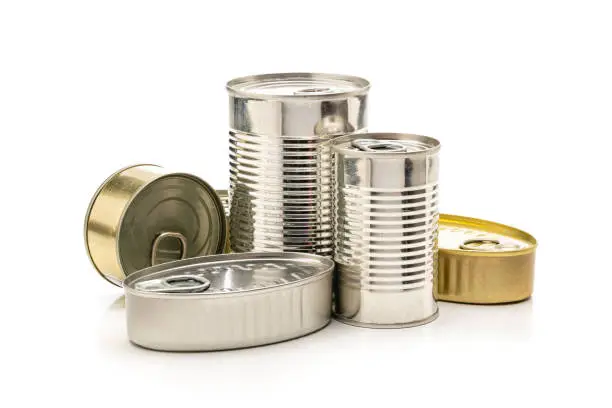
Plastica
- Utilizzo
Plastic containers are commonly used for sauces, snacks, ready meals, and frozen foods.
- Benefici
The plastic is flexible, cost-effective, and available in a variety of shapes and sizes. Tuttavia, it’s not as durable as metal and may not preserve food as effectively in the long term.
Glass
- Utilizzo
Glass jars and containers are commonly used for premium products like jams, sauces, preserves, and pickled goods.
- Benefici
The glass offers a high level of food protection and is chemically inert, which means it doesn’t leach harmful chemicals into food. Tuttavia, it’s heavier and more prone to breakage than metal options.
Paperboard and Cardboard
- Utilizzo
These materials are commonly used for dry foods such as cereals, crackers, and snack products.
- Benefici
Paperboard is lightweight, eco-friendly, and recyclable. It’s also a more affordable option compared to other packaging materials.
Informazioni su FANXUN
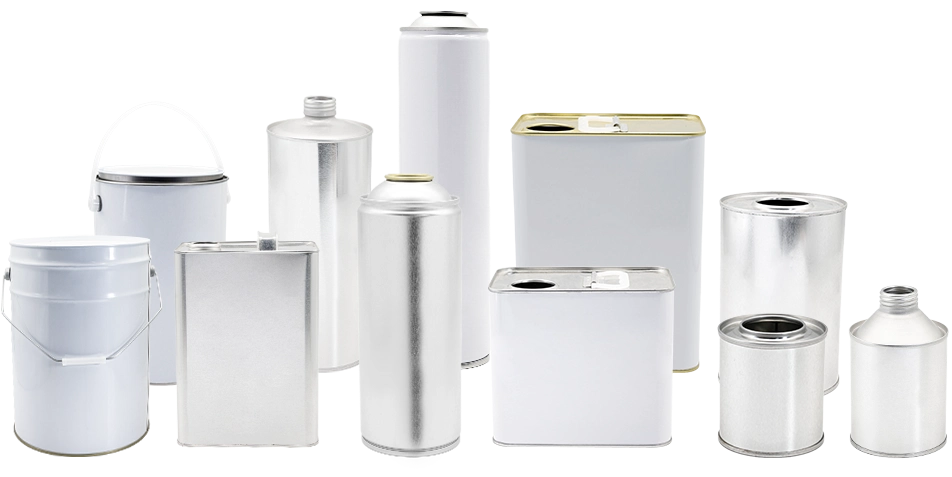
Con 30+ anni di esperienza e 20 linee di produzione, FANXUN redefines industrial packaging with precision-engineered tin cans and a comprehensive one-stop packaging solution. Che si tratti di un ordine di grandi dimensioni o di un piccolo ordine in lotti, integriamo perfettamente le relazioni della catena di fornitura per soddisfare tutte le vostre richieste.
What we can offer to you
- Differenziazione del marchio
Distinguiti con barattoli di latta che riflettono l'identità unica del tuo marchio, garantendo il riconoscimento immediato e la differenziazione dai concorrenti di lattine.
- Funzionalità su misura
Choose sizes, forme, e funzionalità adatte ai requisiti del tuo prodotto, garantendo funzionalità ed esperienza utente ottimali. We can customize and produce samples for you in a short time.
- Captivating Packaging Designs
Collabora con il nostro team di progettazione esperto per creare imballaggi visivamente sbalorditivi, lasciando un'impressione duratura sui tuoi consumatori.
- Quantità di ordine flessibili
Goditi la flessibilità di ordinare la quantità adatta alle tue esigenze aziendali, reducing excess inventory, and minimizing waste.
- Supporto post-vendita faccia a faccia
Sperimenta la massima tranquillità con il nostro supporto post-vendita faccia a faccia, garantire che eventuali problemi siano risolti tempestivamente ed efficacemente.
Conclusione
Tin can packaging continues to be one of the most effective and reliable forms of food preservation. Whether it’s canned food tins for vegetables, meats, or specialty items, the durability and ability to preserve food make tinplate a preferred choice.
The food packaging industry continues to evolve, with advancements in materials like aluminum and plastics offering more options for various food types. Tuttavia, the role of tin can packaging remains indispensable in ensuring that food stays safe, fresh, and ready for consumers.















